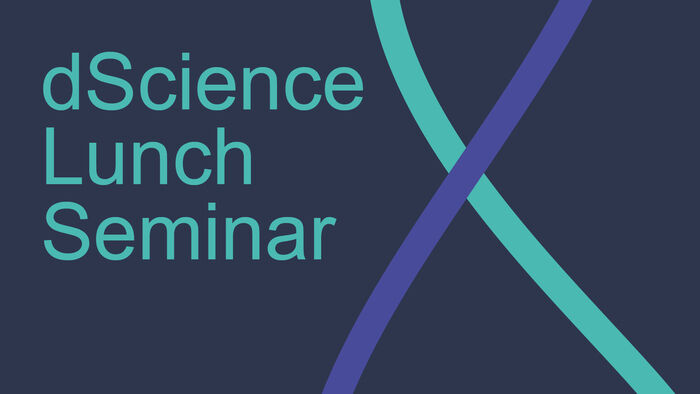Presentation
Glaciers are under pressure in the current climate warming trend. The aerial extent and the mass balance, a measure of mass loss or mass gain of a glacier are representative of the “health state” of a glacier. They are recognized as Essential Climate Variables by the Global Climate Observing System (GCOS) with the glacier area being an important ECV product. Due to the sheer number of glaciers of roughly 250.000 worldwide and their inaccessibility, satellite data has proven as a valuable resource to map glaciers around the globe. Nevertheless, mapping large numbers of glaciers remains a highly time-consuming task and is prone to systematic biases and errors and only a limited number of ≈870,000 outlines exist in total today.
This presentation will show results from the projects MASSIVE and MATS in which we built a benchmark dataset for global glacier mapping. It is based on open optical and synthetic aperture radar satellite imagery and digital elevation models covering 9% or 19,000 glaciers worldwide. We trained a newly developed hybrid convolutional neural network-vision transformer model, GlaViTU, using glacier outlines from the Global Land Ice Measurements from Space (GLIMS) database. As the dataset contains a large variety of glacier types, we tested several training strategies for global generalisation. The best performing model achieves a high accuracy in most regions, with excellent results for ‘clean ice’ glaciers. As a novelty, we also report calibrated confidence of our estimates, increasing their reliability and interpretability. Challenges remain for calving fronts and debris-covered glaciers. To address this, we are currently investigating the use of additional input datasets such as glacier velocity maps, elevation change maps and Synthetic Aperture Radar satellite image time series as well as other machine learning approaches such as LSTMs and 3D convolutional neural networks with promising results.
Speaker
Thomas Schellenberger is a researcher at the Department of Geosciences at the University of Oslo (UiO). He is an expert in remote sensing of glaciers and snow. He is applying a diverse set of techniques using both optical and radar satellite data to improve our understanding of glacier changes in a warming climate. He obtained his PhD from UiO in 2016 studying the dynamics of glaciers in Svalbard and continued this work as post-doc in the ERC Project ICEMASS. Currently, he is leading the projects MASSIVE (NFR) and MATS (OCRE) in which the project team is working towards automated glacier mapping on a global scale and improving glacier mass balance models using state-of-the-art deep learning techniques.
Program
11:30 – Doors open and lunch is served
12:00 – "Towards global glacier mapping from satellite data by deep learning" by Thomas Schellenberger (Researcher, Section of Physical geography and Hydrology)
This event is open for all students, PhD candidates, postdocs, and everyone else who is interested in the topic. No registration needed.
About the seminar series
Once a month, dScience will invite you to join us for lunch and professional talks at the Science Library. In addition to these, we will serve lunch in our lounge in Kristine Bonnevies house every Thursday. Due to limited space (40 people), this will be first come, first served. See how to find us here.
Our lounge can also be booked by PhDs and Postdocs on a regular basis, whether it is for a meeting or just to hang out – we have fresh coffee all day long!
